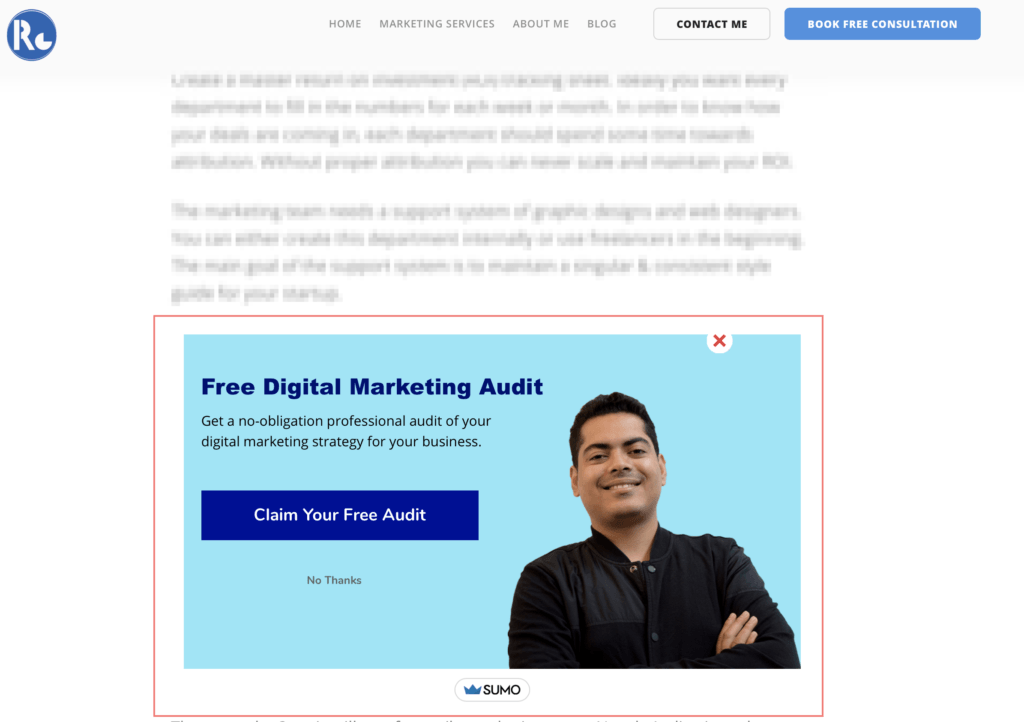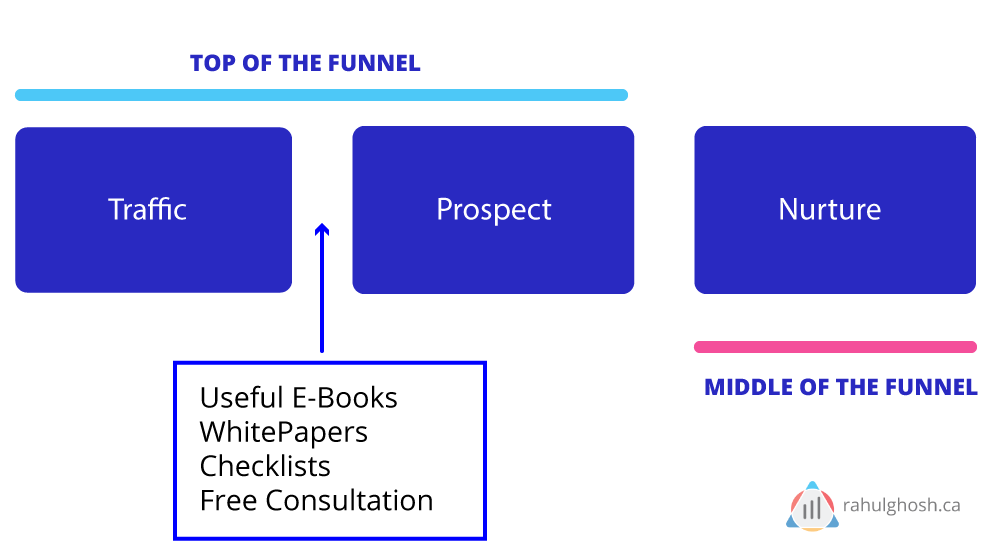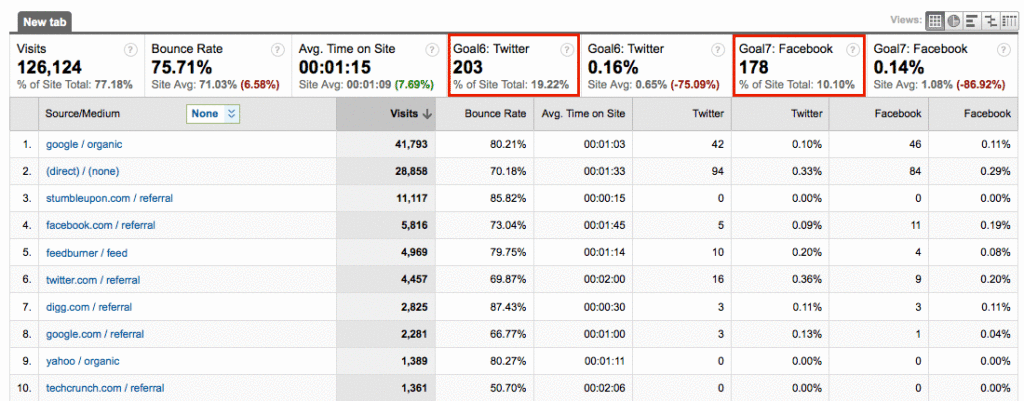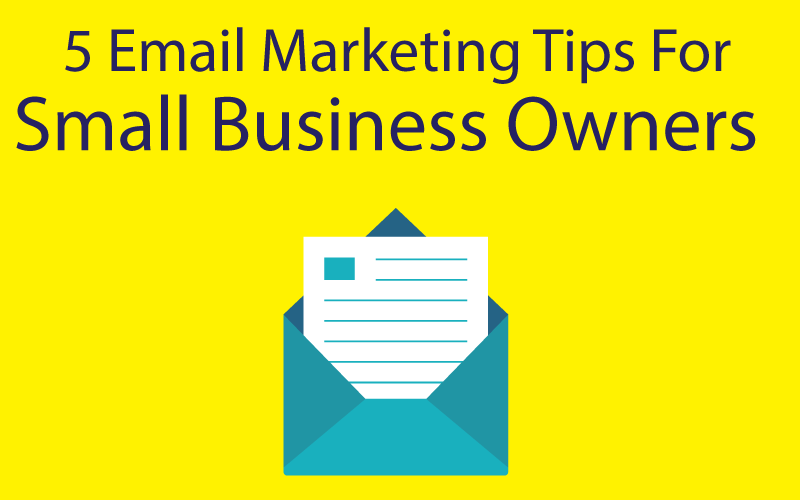
Inbound Marketing is something that many companies are integrating as a key part of their overall marketing strategy. Consumers have little attention these days and it’s evident that old means to generate word about your product is not as effective as it used to be 5 to 7 years ago.
Inbound marketing focuses on a strategy that generates new visitors by providing something valuable to your target audience.
These visitors are often considered a higher quality prospect because they are coming to your brand instead of you chasing them.
The question is, how do you scale an inbound marketing team to help grow your business?
In this guide I am going teach you a few tricks that I have learnt while doing inbound marketing for multiple clients over several years.
What Your Inbound Marketing Team Needs From Upper Management
Before I dive into the actual inbound marketing strategy part for your business here are a few things that your inbound team needs:
Time To Deploy Inbound Strategies
The first thing you must understand as a CMO or founder of your business is that scaling and growing your inbound strategy takes time. Unlike PPC campaigns that delver results almost immediately, Inbound marketing is something that takes months to develop and it grows quicker over time. Make sure that you are giving your inbound marketing team at least 3 to 6 months to hit their targets.
Really Good Content Creators
I cannot stress this part enough, without good content creators your inbound marketing team will not produce any viable results. Inbound marketing primarily starts with a useful piece of content. Your content can be a blog article, an email drip series or a video. However, if the material itself is not useful then your traffic will simply not recognize you as an authority in your niche.
Sustainable Inbound Funnel(s)
Generating leads from your inbound traffic is only the first part. Converting the traffic into viable customers ultimately determines the success from your inbound marketing efforts.
Inbound Marketing Strategy – Step By Step Guide
Now that you know the key requirements for your inbound marketing team to succeed, let’s explore a step by step strategy to grow your inbound team and generate real revenue.
Step 1: Setting Up Inbound Funnel
Setting up proper funnels to capture inbound leads is a vast topic. I can actually write a short novel on it. Just kidding 🙂
The goal of every inbound funnel should be tied with your broader customer acquisition goal.
Here is a quick example:
- Someone lands on one of your long form article.
- Fire up a call to action from the bottom edge of the screen for a checklist related to the article.
- Send them the checklist and another helpful article related to your original long form content.
- Integrate the lead as part of your main drip series
Tools Required To Setup An Inbound Funnel:
- Lead capture software like OptinMonster
- Landing Page Software: I recommend using Instapage as I have been using it for a long time
- Attribution modelling to scale and track your incoming leads (will talk about this in the attribution section of this guide)
Step 2: Set Up Specific Roles & Targets For Your Inbound Team
Everyone in your inbound team needs to know their roles and responsibilities clearly. Each member of your inbound marketing team should have their own KPI’s.
Setup your inbound team as part of your broader agile marketing setup. I talked extensively about the importance of Agile marketing in one of my articles.
Here are some of the roles are responsibiities that you should be focussing on as part of your inbound marketing team:
SEO Specialists – The role of an SEO specialist is to ensure that your website is optimized for the search engines. However, in your inbound team the SEO specialist can also play a crucial role in keyword research and coming up with topics for content clusters to rank your website and get a flood of organic traffic.
Attribution Specialists – Attribution specialists have the job of setting up Google Analytics and other marketing tools to track how your inbound team is performing. In small businesses, the head of marketing often takes this role. You should create custom goals in Google Analytics and track them on a daily basis in order to find out which articles are generating the right type of leads. The attribution specialist is also responsible for setting up a universal company wide UTM-Parameter setup in order to better attribute where the traffic is coming from.
Content Writers – I already touched the importance of content writers before. Hire writers who can do extensive research and create long form content for your niche or industry.
Graphic Designers – You must be wondering why I am stressing on hiring designers as part of your inbound marketing team. Well, when a prospect enters the middle part of your funnel you need to nurture them with more ebooks, whitepapers and checklists. Graphic designers play a key role in branding all of your inbound content to exert a similar design style across multiple marketing channels. This creates some sort of a ripple effect of passive branding on the prospect. This sort of ripple effect plays a vital role in ensuring that your prospects convert into customers.
Head Of Inbound Marketing – For companies with larger marketing budgets, you might consider hiring a head of inbound marketing person whose goal is to report to the CMO directly and manage his own team while maintaining targets.
Step 3: White Out A Detailed Inbound Marketing Strategy (top & middle of the funnel)
The third step is figuring out a scalable inbound marketing strategy. There are several ways to do this and it may not be as complicated as you think.
- The first step is to create a few downloadable content like whitepapers, ebooks and checklists.
- One your content is ready make sure that you create a nice article related to that useful content.
Goal: Your goal at this stage of the funnel is to get someone’s email address in return for some useful information. This is called the top of the of funnel.
When someone comes in as a lead they are not considered a prospect. You need to qualify the prospect with drips emails to turn them into a good lead for the sales team to call.
One of the biggest mistakes I see a lot of companies make. They find the prospect’s number on the internet and jump right into the call. According to my experience, that’s a completely wrong approach. One someone comes in as a prospect you should get their consent for a phone call by nurturing them using drip emails. This is where your content marketing team comes into play as they need to align each inbound funnel with specific drip campaigns for maximum results.
Step 4: Focus On Driving Lots Of High-Quality Traffic To Your Website
Once you have your content and drip series in place, it’s time to promote your articles and guides across social media. You can share them on various Facebook & LinkedIn groups for a start.
Another trick is to create short-form video content for all of your articles and repurpose them across social media.
Create infographics and share them on Pinterest especially if you are in the B2B niche. Pinterest is still one of the most under-rated social platforms and it can deliver a tremendous source of traffic if you figure out how to create content native to it’s platform.
Driving traffic is a vast topic and I recently came across a detailed article from Neil Patel talking about creating an organic traffic pipeline. Instead of me covering all the points, go check out this article for additional references.
The key is to stay constant and create viable plan of generating useful content that you target audience will share.
Step 5: Optimize Inbound Funnels To Increase Conversions
The final step towards successfully scaling your inbound marketing team is to generate more leads from your traffic. While you are increasing your organic and paid channel traffic, it’s equally important to fine tune your inbound funnels.
Here are a few things you should test in order to optimize your inbound marketing funnels:
- Change the colour of the call to action
- Split test different CTA copy to see which version is performing better
- Align your call to action (CTA) and your article closely. The Call to action should be a natural extension of your article for any visitor, in order to maximize conversions.
- Use Sumo.me (One of my favourite free plugins if you are using WordPress)
- Create separate drip campaigns for each individual inbound objective. Never send all of your leads and prospects to a general email drip.
Tracking ROI From your inbound marketing efforts
The final piece of the complex inbound marketing puzzle is the ability for your marketing department to track the ROI of your inbound marketing campaigns.
If you cannot attribute a customer to your inbound funnels, chances are your department will not receive additional funding. The goal of this guide is to ensure that you have all the tools to come up with constructive data and connive your CMO or CEO that your inbound marketing is indeed brining in new money for the business.
Here are a few tips for tracking the ROI of your inbound funnels:
- Use conversion goals for your email marketing software
- Use Google Analytics smart goals to track and measure how your traffic is converting
- Deploy UTM parameters to find profitable channels
- Create dedicated landing pages just for organic traffic. This solves most of the attribution problem because you can easily track how many of these leads closed.
- Track the overall ROI of the department after salaries and other expenses.
Once all of your attribution models are in place, create reports and submit to upper management aligining with your KPI’s. In case you are a chief marketing officer reading this guide, I recommend creating targets that are easy to measure using the points mentioned above.
In conclusion I think it’s extremely important for companies to adopt and scale a strong inbound marketing team. Inbound marketing not only delvers high-quality traffic but they also play a crucial role in creating organic brand outreach.









0 Comments